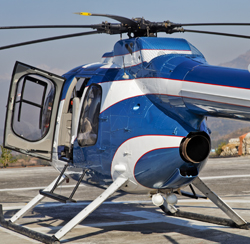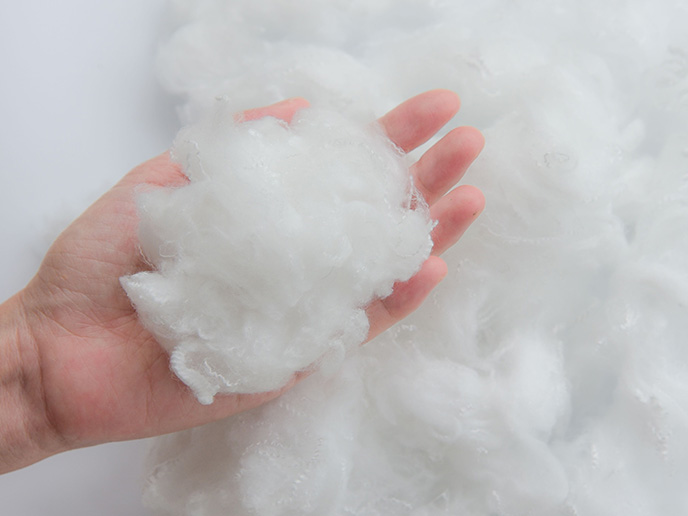Eco-friendly helicopter door manufacture
High-performance composites for helicopter doors provide reduced weight, high strength and recyclability. However, conventional processing of thermoset composites requires a highly energy-intensive autoclave step to cure the fibre-reinforced pre-impregnated sheets (prepregs) that have previously been manually aligned.Scientists with EU support developed technology to enhance the sustainability of helicopter door manufacture within the context of the project DEFCODOOR. It is based on the use of thermoplastics and laser-assisted thermoplastic fibre placement (TFP). TFP enables the rapid deposition and in situ consolidation of thermoplastic unidirectional tape, eliminating the need for various joining steps. Eliminating the autoclave also decreases production time.Thermoplastics have several advantages compared to thermosets and are gaining ground rapidly. They do not require the autoclave for curing to form cross-links. As they are not irreversibly formed, they can be melted and reused, making them highly recyclable. Finally, their manufacturing is more eco-friendly than thermosets, which require lots of energy and produce noxious chemicals.The team developed technology to produce structures consisting of skin and stiffener (to prevent buckling) for helicopter components. Customised stiffener laminates with local reinforcements were produced by laser-assisted TFP and thermoformed into a hat profile to be used in helicopter doors. These were joined in situ to skin laminates again via the laser technology. Scientists compared the properties of in situ consolidated laminated specimens with conventional post-consolidated specimens, providing important insight into processing.DEFCODOOR demonstrated the many benefits of laser-assisted TFP and subsequent thermoforming to produce helicopter structural components from eco-friendly thermoplastics. Not only does the process decrease energy consumption and scrap but the scrap can be reused to produce smaller components. Eliminating bonding processes and materials thanks to in situ consolidation can also reduce assembly costs by about 40 %. With continued optimisation of product quality, technology could make important impact on the competitive position and sustainability of the helicopter industry.
Keywords
Composites, thermoplastic fibre placement, laser, autoclave, eco-friendly, consolidation, skin, stiffener







